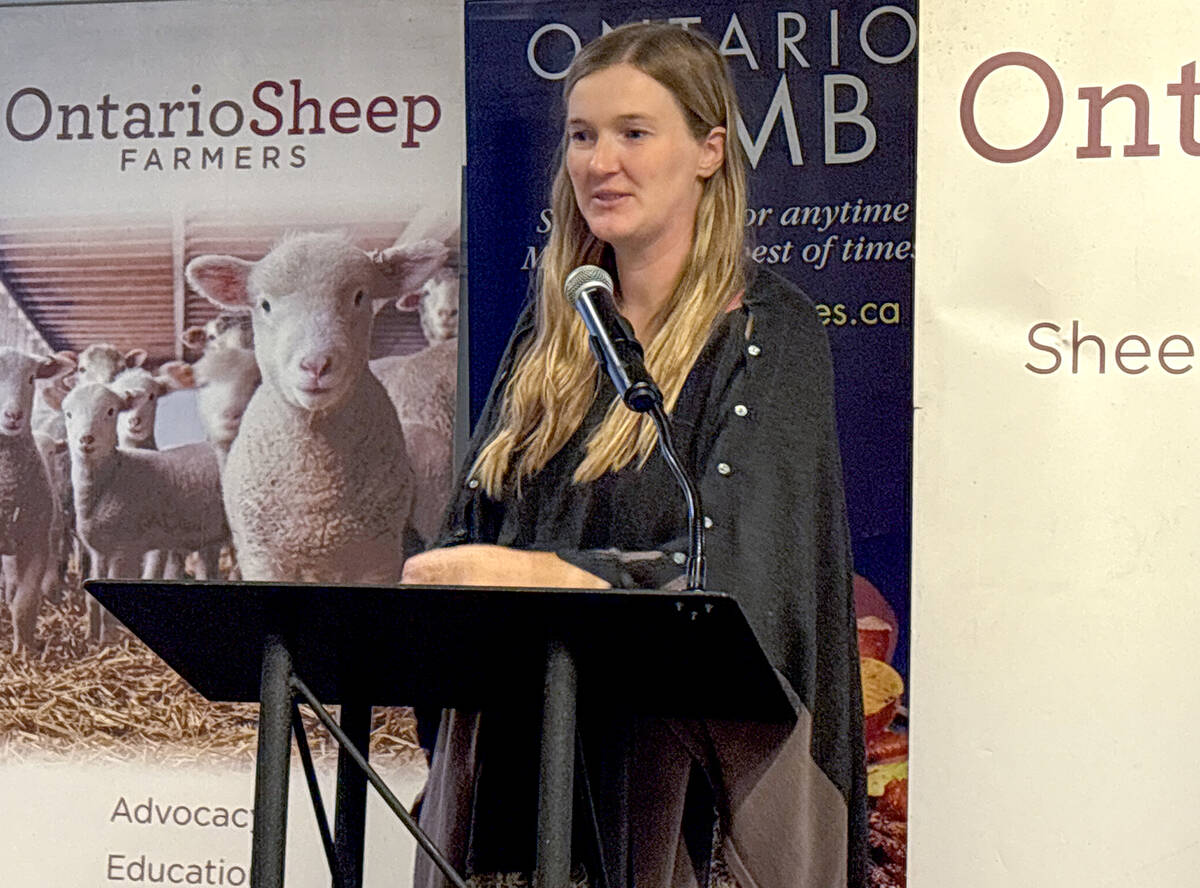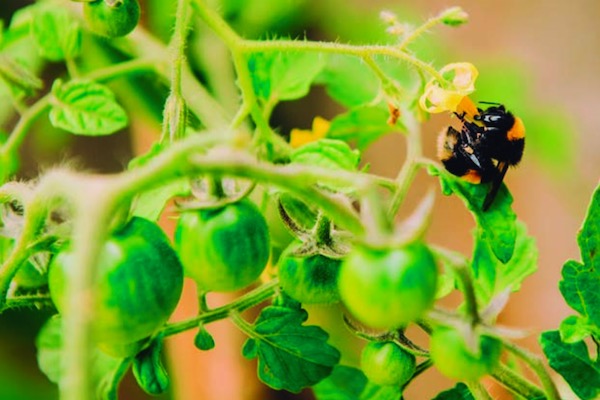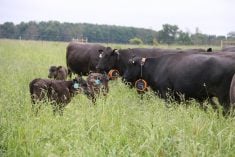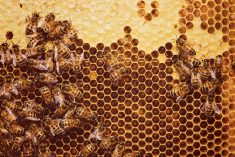A tough fall, unstable winter temperatures and a cool spring have conspired to take a major toll on honeybee populations in Ontario and throughout Canada.
Populations of varroa mite, a parasitic pest that attacks honeybees, have also been high this spring.
With limited means to control varroa, Canadian beekeepers could face losses even greater than those already reported.
Read Also

Footflats Farm recognized with Ontario Sheep Farmers’ DLF Pasture Award
Gayla Bonham-Carter and Scott Bade, of Footflats Farm, win the Ontario Sheep Farmers’ 2025 DLF Ontario Pasture Award for their pasture management and strategies to maximize production per acre.
Why it matters: Continued loss of bees could significantly impact pollination of many crops in the province.
An April 29 news article published by the University of Guelph indicates many beekeepers have reported higher colony losses than in previous years. Though only preliminary data is available, researchers from the school’s Honeybee Research Centre estimate average losses will surpass 50 per cent.
According to the Canadian Honey Council, beekeepers in Alberta and Manitoba have lost an average of 40 to 45 per cent of their honeybees so far. In Quebec, losses are about 60 per cent.
Paul Kelly, research and apiary manager for the research centre, says it’s important to recognize the term “colony loss” refers to complete elimination of a hive rather than a portion of the colony’s bee population.
“It’s really preliminary data, but [losses] are definitely way higher than we’d like to see, and uniformly bad across Canada, really,” says Kelly. Severity varies between beekeepers and between hives within individual businesses. At the university, he says some of the best producing, healthiest hives of 2021 are now his worst locations.
“Some people are experiencing 90 per cent losses in Ontario. The Niagara area seems to be a bit worse.” A colony loss rate of 30 per cent is considered severe, though Kelly says recovery is usually possible.
Once losses exceed that amount, however, recovery takes years of good conditions. The availability of bees, or lack thereof due to huge demand, are a further challenge.
Bad weather, limited tools
Kelly says conditions last fall resulted in poor nectar and pollen flow, which hurt the honeybees’ ability to rear young and survive the winter. This meant lower populations before 2022 even began. Widely varying weather and temperatures over the winter added stress. Colonies that survived then emerged, or tried to emerge, into a cold spring.
“It’s not just the bees. The flowers out there need to be in good condition. If its too dry or cold, they don’t produce nectar so the bee can’t get at them. Those weaker hives that just barely made it will continue to perish.”
Then there’s the varroa mite, a devastating though not unexpected problem. Significant varroa mite pressure in 2022 was anticipated. But beekeepers have few tools to effectively manage the pest and using miticides brings its own constraints.
“Sometimes the methods we use can be effective, but under the wrong conditions it’s not effective. Our options are limited, especially in the middle of the summer when we have honey boxes on the colonies,” says Kelly.
“You’re not allowed to use miticides at that time, and the one we can use is pretty hard on the bees too.”
Research is ongoing into other factors, including the impact of sublethal effects from insecticides. However, studies from the University of Guelph indicate such agricultural inputs may further reduce the ability of honeybees to resist the varroa mite.
“A year ago, things couldn’t have been better. You can go from a really good year to a really bad year.”
Emerging tools
Kelly and his colleagues are investigating alternative methods of varroa mite control. Initiatives include searching for the honeybee gene(s) responsible for higher resistance to the pest. Breeding programs based on the most consistently resilient honeybee populations, and lowest mite population growth, are also ongoing.
Finding better mid-season treatments is another goal. Products based on two plant compounds – thymol and oreganol – have shown promise, though commercialization has proven elusive.
“We’re stuck. We just haven’t had the resources or right people to pursue the registration of these products,” says Kelly, referencing less private-sector interest as a result of fewer patent opportunities.
In the meantime, the Honeybee Research Centre continues to communicate challenges, solutions and information to beekeepers via YouTube and other social media platforms.
“It’s a matter of education. The last five years especially we’ve just been hammering away. Monitor your mites, treat when necessary. That message has definitely got through,” Kelly says.
“There are huge size differences in beekeepers…The YouTube channel has been a great tool for getting messages out. We’re also trying to do weekly bee yard updates to help people follow along, especially smaller-scale beekeepers.”















